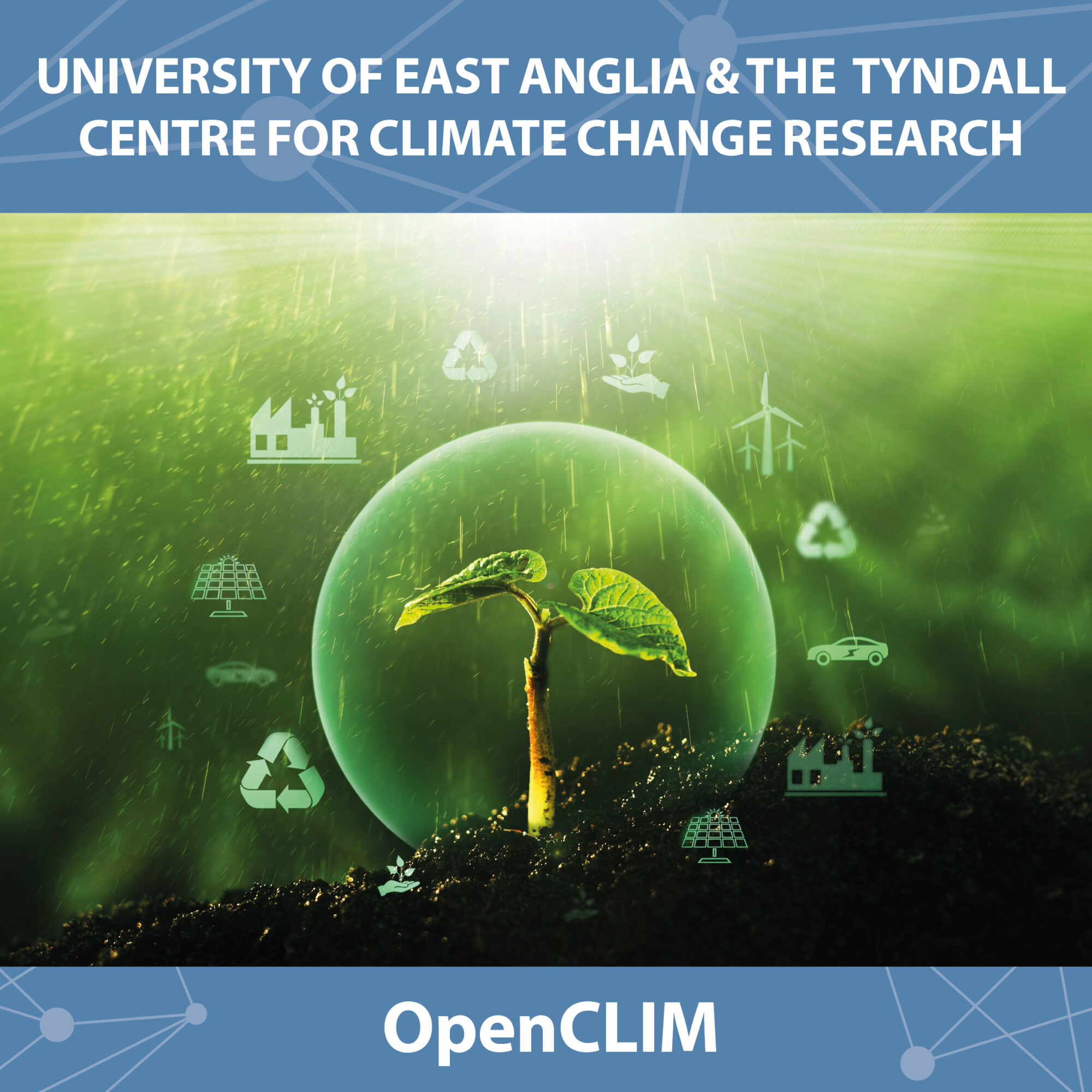By Professor Robert Nicholls, University of East Anglia and The Tyndall Centre for Climate Change Research
The DAFNI platform is a central part of the OpenCLIM project which was designed to support UK-level Climate Change Risk Assessment (CCRA) mandated by the Climate Change Act of 2008. OpenCLIM conducted an integrated assessment of climate risks across five different sectors: heat stress, flooding, drought, agriculture, and biodiversity. They made the results available to policymakers, and the legacy and workflows available to researchers through the DAFNI platform.
The challenge
Every five years a UK-wide Climate Change Risk Assessment (CCRA) report is conducted by government to understand and rank climate risks. This is followed several years later by an Adaptation Plan in each UK nation which considers what is needed to address these risks.
OpenCLIM was tasked with producing an assessment method for CCRA4 and beyond using the best available models and scenarios, including more granular spatial outputs such as maps, and to provide a method to enable researchers to work with consistent inputs and common datasets.
There is a growing number of risk and adaptation models but these are often viewed in isolation – hydrologists may not normally speak to researchers working on heat stress, for example. OpenCLIM was a demonstration and focuses mainly on terrestrial sectors: urban development, biodiversity, flooding, heat stress, drought & water supply. The approach can be expanded to other sectors in the future.
DAFNI’s role
DAFNI was key to the delivery of OpenCLIM and its legacy.
“DAFNI provides a logical structure to the way that we put together workflows and is a key data repository for the project throughout its three years and an archive into the future, encouraging common standards and facilitating cross-institution working.”
OpenCLIM is very computationally intensive and a heavyweight user of DAFNI workflows.
“It’s fair to say that for the DAFNI team working with us on OpenCLIM, it was testing DAFNI’s capabilities and encouraged DAFNI to innovate.” For example, 200 data layers were published on DAFNI in one week alone, as well as improvements such as loops in workflows, a more intuitive interface, and more clarity around permission inheritance.
Brian Matthews, Bethan Perkins and Rose Dickinson were critical to the project and would typically attend OpenCLIM meetings. Brian was also part of the OpenCLIM management group which met monthly online.
The benefits
OpenCLIM produced an assessment method for CCRA4 and beyond, producing spatially explicit maps, typically at 1km resolution throughout the UK, with some higher resolution outputs for biodiversity (20m) and urban development (100 m). This enhances the UK’s capability to assess climate change risks and adaptation choices at scales from the local villages and small towns to regional, or nature-based solutions across entire catchments.
“The spatially explicit results in terms of detailed maps are powerful tools to show patterns of change and to engage diverse stakeholders. DAFNI now hosts the OpenCLIM legacy – a set of workflows and output datasets across 5 different sectors for consistent scenarios.”
As well as the UK government being able to use the outcomes produced, the devolved administrations can also use it in their plans. “We’re also working on a regional and sub-national basis – we’ve had great interest from the Highland Council and Norfolk County Council, for example.”
OpenCLIM models hazard, exposure & vulnerability using climate scenarios and UK socio-economic scenarios, feeding into risk assessments at baseline (1981-2000), for the 2050s and 2080s timeframe, and impacts for temperature increases of +2C or +4C above pre-industrial.
“This work directly affects the UK population, allowing the government to have a much better understanding of climate risks such as heat stress and drought, and how the UK can adapt to them, and to look at how interventions will affect regions and the nations as a whole.”
The OpenCLIM outputs can also be monetised to feed into economic damage analysis.
The future
The OpenCLIM work with DAFNI also has applications for other areas of research using integrated assessments and systemic assessments. “The process of taking a more systemic view is leading to more information for government, industry and the public as a whole. Astute businesses should also be aware of these issues, in order to be ready for change.”
Making the data accessible for interpretation and use by government stakeholders and policymakers was critical and OpenCLIM is developing a visualisation tool to allow people to interact with the data as easily as possible.
“There’s interest from the UKRI programme on promoting adaptation across the UK with our work potentially feeding into that, as well as assessments of NetZero looking at climate risks and mitigation.
“DAFNI is funded for the long term as a recognised critical national infrastructure. It will be there long beyond individual projects and the OpenCLIM results we’ve lodged in DAFNI will be there and available to researchers and policymakers for a decade or more beyond the project’s lifespan.”
“DAFNI is funded for the long term as a recognised critical national infrastructure. It will be there long beyond individual projects and the OpenCLIM results we’ve lodged in DAFNI will be there and available to researchers and policymakers for a decade or more beyond the project’s lifespan.”

